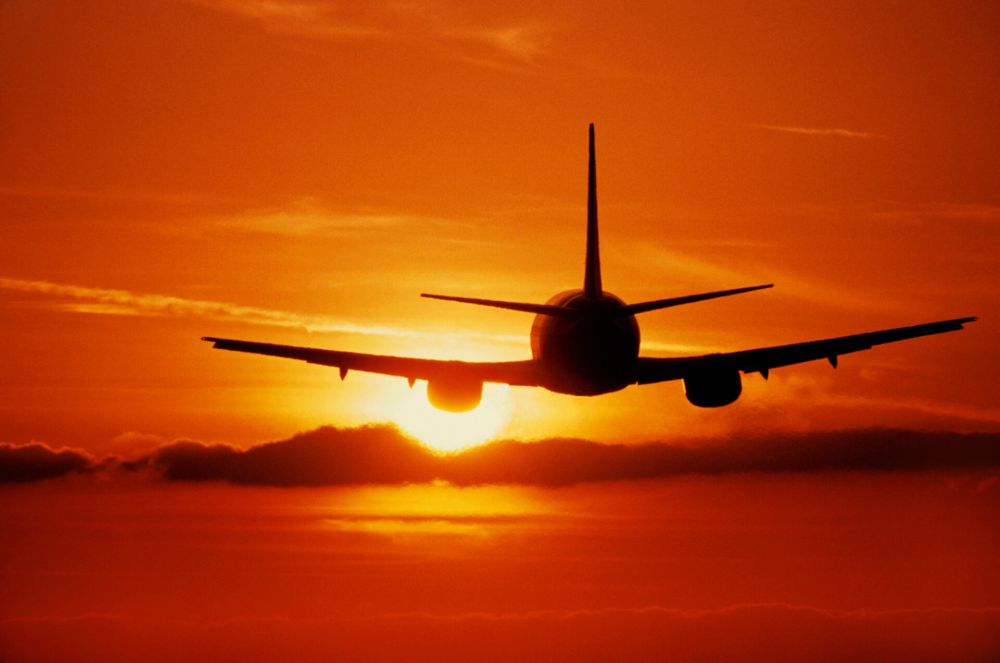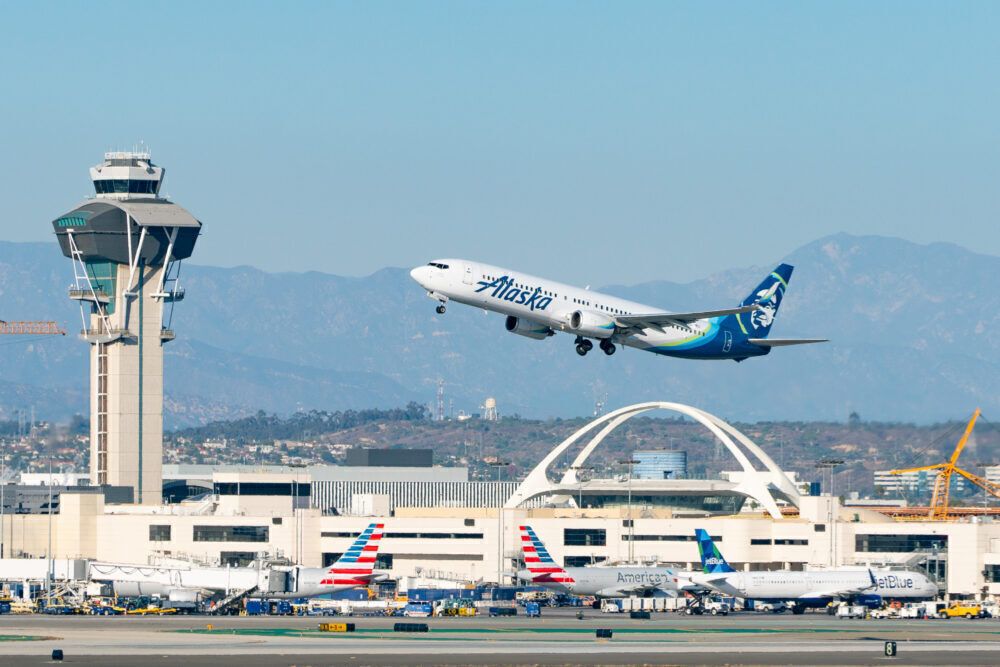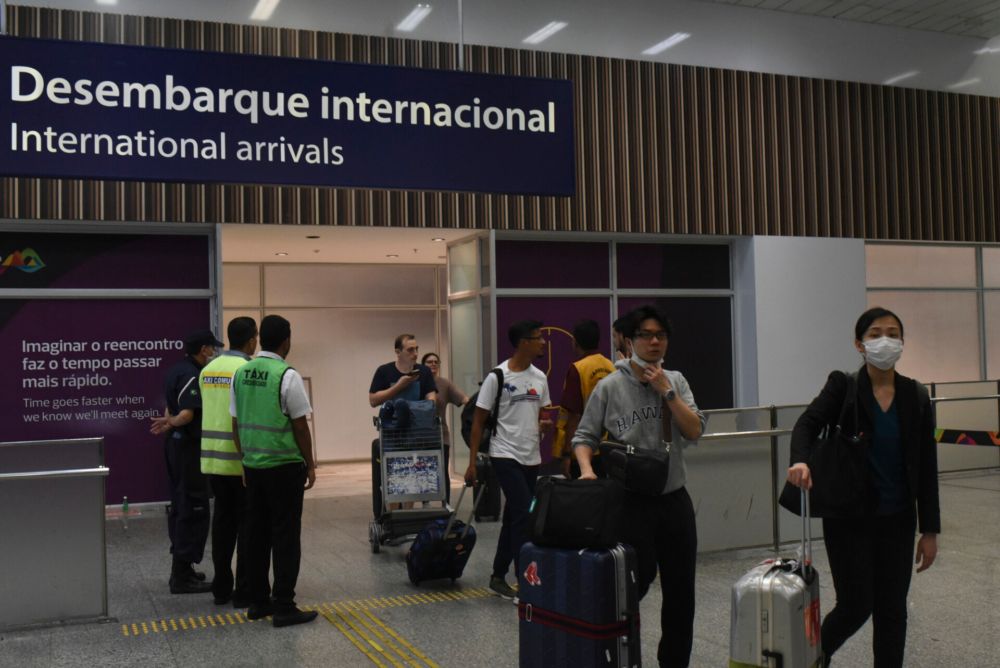With airlines keener than ever to maximize revenues, dynamic pricing is making inroads into the aviation industry. Not everyone is welcoming the trend, but market insiders say the model can benefit both passengers and airlines.
Airlines know a lot about their passengers, dynamic pricing harnesses that knowledge
All in all, dynamic pricing is an initiative that sees prices vary for a product or service to reflect market conditions. In general business, the price can raise at the time of greater demand. For instance, you may have seen companies such as Uber raise its prices during peak travel periods.
In aviation, this is becoming is a process whereby an airline will pitch a fare at you based on what they know about you or think they know about you. Airlines are masters at gathering data. They harvest your frequent flyer data and track your searches and interests online via cookies.
Hand over your American Express details to buy a drink inflight or a case of wine from the airline's wine store and that airline gets an insight into your drinking preferences. Hundreds or thousands of these tracked behaviors all add up.
Log on to the British Airways website (or any airline's website) after cleaning up your browser, and a message like this pop up.
"By continuing to use ba.com, you will be agreeing to the website terms and conditions and the use of cookies while using the website and our services. Please also read our privacy policy under which, to the extent stated, you consent to the processing of your personal data."
Carriers already know a lot about their passengers - we've largely lost or surrendered that privacy battle. Now, many airlines are harnessing that data and learning to use it to boost revenues. On an individual passenger level, dynamic pricing tries to determine what a passenger is willing to pay to fly from Madrid to Heathrow next Sunday.
Stay informed: Sign up for our daily and weekly aviation news digests.
Just how much will a passenger pay to fly at a certain time on a certain day?
Justin Jander, Director of Product Management at digital commerce platform PROS, says airlines are trying harder than ever to create a sticky end-to-end passenger journey. One way they can do that is to use artificial intelligence (AI) to learn from the past behavior of a passenger. The airline can then attempt to predict what they will do next - including what they are willing to pay for an airline ticket.
Jander states:
"Dynamic pricing is extremely relevant to the airline industry as it allows airlines to break away from the barriers of fare classes with fixed price points,. Imagine a scenario where there are two filled fares, one at $100 and the other at $200. If a passenger is willing to pay $150, the airline either offers that passenger the $100 fare and loses $50 in incremental income. Or the airline can offer the $200 fare and lose the entire $150. Having this flexibility to identify an optimal price point allows airlines to be more effective in capturing revenue."
We know airlines adjust fares according to broad seasonal factors. We also know an airline will adjust fares to a particular destination at a certain time if a big event is on in that city, say a football final. Equally, airlines will drop fares at off-peak times to stimulate travel demand. Dynamic pricing is about taking this to a more granular, individual passenger level.
Industry powerhouses such as Amadeus offer services that help optimize pricing. It highlights the carriers can sell better and earn more with its approach. Customer-choice modeling, continuous pricing, and differentiated retailing all come together to "maximize the per-seat profit and broaden the appeal to your customers."
Dynamic pricing can work for passengers
Justin Jander says dynamic pricing can work for passengers as well as airlines. At a basic level, interested passengers can learn how dynamic pricing works and is applied. It's like learning how frequent flyer, hotel loyalty, or shopping programs work. Once you understand the nuts and bolts of dynamic pricing, passengers can potentially work dynamic pricing to their advantage.
"It is more expensive to acquire a new customer than to retain one," says the PROS Director. "It makes sense for airlines to prioritize getting to know their existing customers. For passengers that are brand loyal customers of a particular airline, they will benefit from receiving personalized flight packages based on the AI that the airline has been able to leverage to understand them and their preferences."
Most airline insiders agree dynamic pricing is here to stay. As the AI behind it gets smarter, so to will dynamic pricing. It will become more subtle and less driven by sometimes clunky algorithms. There always has been and always will be some tension between buyer and seller. Dynamic pricing in the airline industry won't take that away. But over time, dynamic pricing may become better at fixing the median price that satisfies both airline and passengers.
Do you agree with dynamic pricing in the airline industry? Is it here to stay? Post a comment and let us know.



